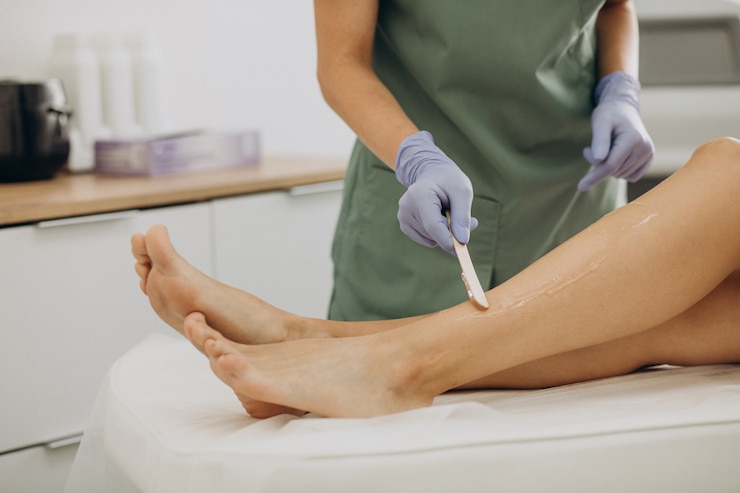Vein Care - How to Get Rid of Unwanted Veins
Veins may look like skinny blue lines beneath the skin, but inside your body, they work hard to transport blood from your organs to your heart. Vein Care Center, your veins have valves that keep blood from flowing the wrong way—like the little valves in your bathroom pipes that prevent hot water from backing up into your cold water supply. If these valves become weakened, you may develop varicose or spider veins that bulge and protrude under the surface of your skin.
The good news is that there are many options for nonsurgical vein treatments. Your vascular specialist will recommend one based on the size, position and severity of your varicose or spider veins, as well as your medical history and family history.
Your first step is a physical exam. Your healthcare provider will feel your legs while they're elevated and ask you about your symptoms and pain levels. They may also order a Doppler ultrasound, which uses sound waves to create pictures of your blood vessels and check for clots.
You may choose to treat your varicose or spider veins with a minimally invasive procedure that can be done in the office. During sclerotherapy, your doctor will cleanse the area of the vein and then insert a tiny needle into the affected vein. Then they inject a solution that causes the vein walls to swell and stick together, sealing it shut. The swollen vein then fades from view within a few weeks. The procedure usually takes about 15 minutes, depending on the number of veins being treated. You may need several treatment sessions, spaced weeks or even months apart.
Another option is a procedure that involves putting a thin tube, called a catheter, into an enlarged vein. A healthcare professional then uses radiofrequency or laser energy to heat the tip of the catheter, which destroys the vein wall and seals it shut. This is a common treatment for larger varicose veins.
You can return to your normal activities soon after treatment, but you should wear compression stockings until the site heals, and avoid shaved or lotioned areas of the leg. You should also elevate your legs often during the day to help increase blood flow and decrease pressure on your veins. This helps reduce the pain, itch and swollen appearance of your varicose or spider veins. Some people need several sessions of this type of treatment to get the desired results, but most see positive changes in their veins within two weeks. Some people find that sclerotherapy isn't effective for them, so they might need to try different treatments, such as laser ablation or high-tech stripping surgery.

